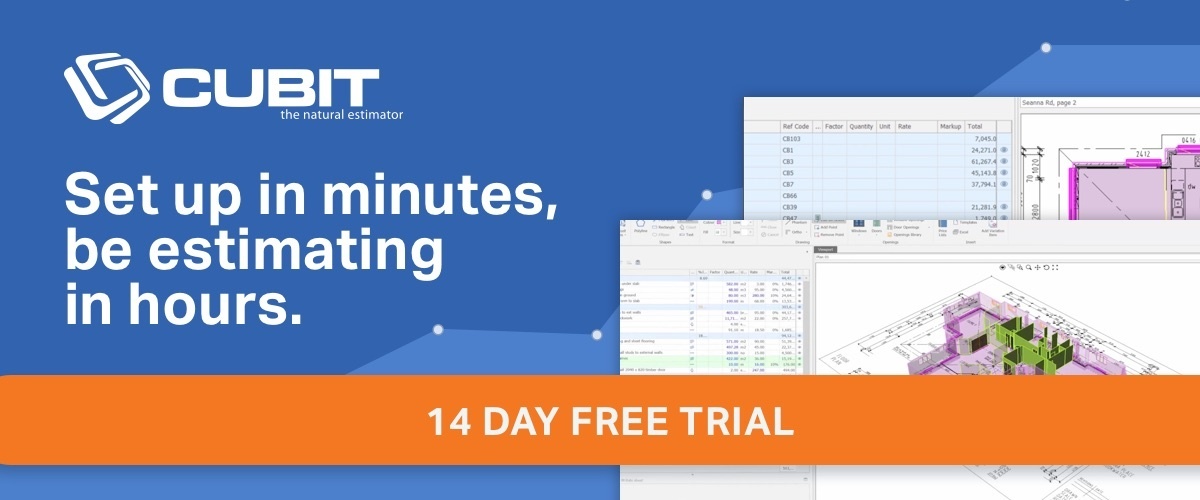Cities are physically always on the move. It’s a scene of never ending growth to accommodate the steady rise in population growth. Case in point is Australia’s largest cities, Sydney and Melbourne. For instance, the cities are growing outwards with new residents settling on the fringes which in turn are expanding. In the heart of these two cities, infill development and urban consolidation is increasing the density of existing suburbs. Also, planning policies have placed a large emphasis on urban consolidation with greenfield developments drawing plenty of growth.
Melbourne on the move
According to the most recent completed data, the strongest annual population growth rates in Melbourne were recorded on the urban fringe, particularly Wyndham (+220,000) and Melton (+220,000) in the west, Casey (+193,000) in the south east and Whittlesea (+145,000) in the north. The significance of the growth of these areas lies in new housing estates that offer affordable opportunities for young couples and families. Closer to the city, the City of Melbourne itself continues to grow strongly at 4.6% per annum. This was attributed to dwelling growth in brownfield sites and apartment construction in Footscray.
Looking to the future
The future direction for Melbourne is very clear. The population will increase to nearly 6 million in 20 years, a growth rate of about 42%. The fringe areas previously mentioned will continue to dominate with the inclusion of Hume (+138,000) in the north. Other highly fancied urban growth areas will be Moreland, Monash, Darbin, Maribyrnong and Yarra. Satellite regional cities like Greater Geelong, Greater Bendigo and Ballarat are forecast to experience great growth.
Continuous growth in Sydney
In contrast to Melbourne, Sydney has had a burst of greenfield growth. Camden in particular, located on the city’s south west fringe, recorded one of the strongest annual growth rates of 2.9% in the Sydney metro area. The push behind the growth has been from young couples and families seeking affordable housing.
In another dynamic growth area, Blacktown has emerged with a population of 300,000 as a strong area of development with several major develepment fronts in northern Blacktown.
Auburn, Parramatta and Strathfield are also making their mark with housing construction on brownfield sites, highlighted by the Rhodes Peninsula development and Wentworth Point in Homebush.
The vision ahead
The big story is that Sydney’s population will grow to around 6.1 million in 2036, a growth of about 1.5 million, or about 32% in 25 years. In the heart of the city, high density housing like flats, units and apartments with three or more floors are a way of life. Sydney has successfully become ‘a city of cities’ as there are a large number of high density suburban areas like Auburn, Bankstown, Bondi Junction and Chatswood. No other city in Australia has such major satellite centres.
This primarily reflects Sydney’s geographic size. With the rapid growth of greenfield developments, the urban fringe is generally located a long way from the CBD. For example, Kellyville in the nort west is 40km from Sydney’s CBD, and Camden is 65km away in the south west. With the right transport infrastructure, these far urban population centres can help promote alternative business centres, which in turn will stimulate additional population growth.







